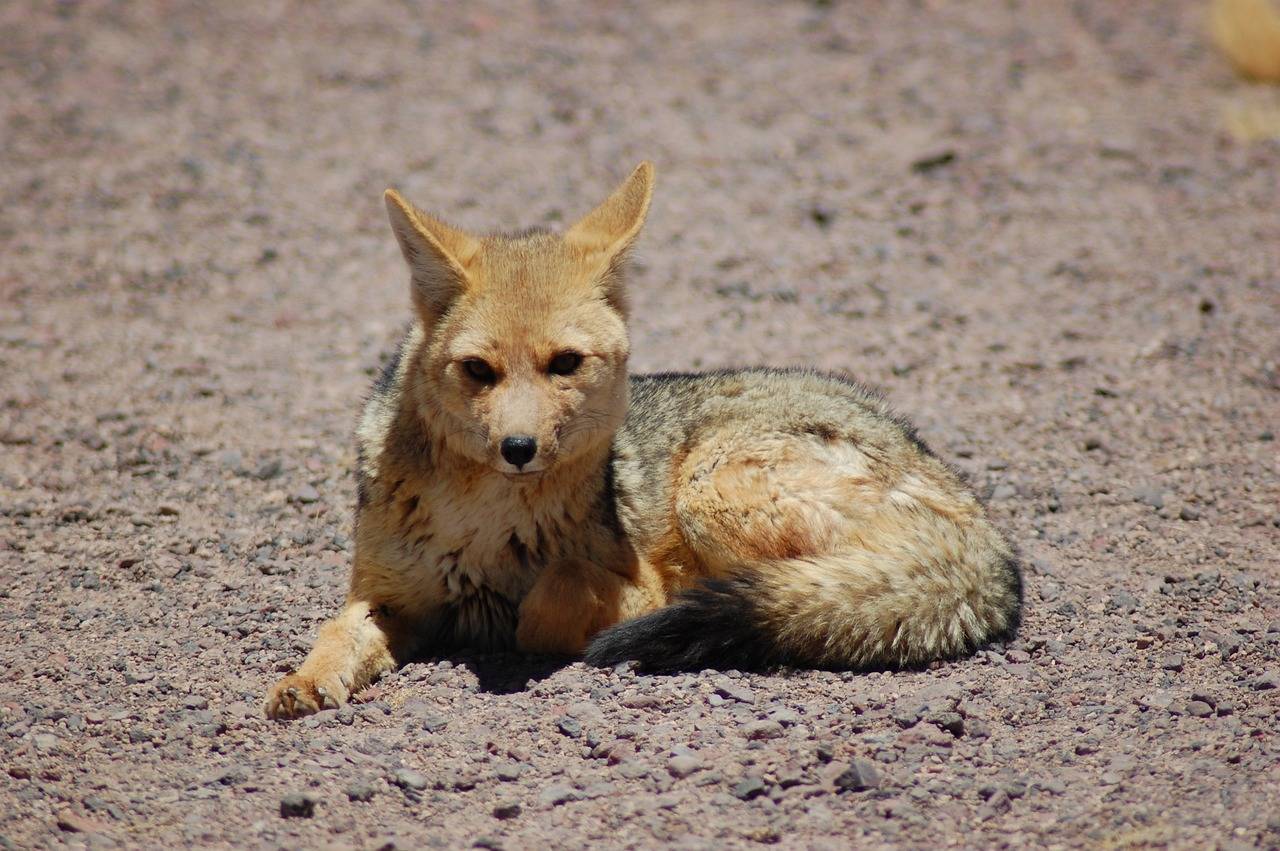Bali Tiger
In the past, Panthera tigris balica, the Bali tiger, frequented the lush forests of Bali, Indonesia. Unfortunately, this magnificent cat is now gone, leaving a mysterious legacy in its wake. Our article examines the size, food, and tragic circumstances that contributed to the demise of the Bali Tiger, among other characteristics of this fascinating animal.
This majestic cat, which was indigenous to the island of Bali, became extinct a long time ago, but its legacy forces us to investigate its size, food, and the circumstances behind its extinction.
Bali Tiger Size
The Bali tiger was one of the smaller tiger subspecies. When their tails were included, adult males normally measured between 220 and 230 centimeters (7.2 to 7.5 feet) in length, while females were somewhat shorter. The Bali tiger was smaller than other tigers in the species, but it had an exotic allure that attracted anyone who was lucky enough to see it.
Bali Tiger Diet
The Bali tiger’s diet consisted of a wide variety of food that may be found in Bali’s tropical jungles. These nimble predators preyed mostly on small animals that inhabited the area’s thick leaves, such as deer and wild boars. Due to its skill at hunting and capacity to adapt to its surroundings, the Bali tiger was an extremely dangerous predator that has survived for millennia.
Are There Tigers in Bali?
Unfortunately, the natural habitat of the Bali tiger is no longer accessible. This once-thriving species met a terrible end in the 1930s, when the final documented sighting took place. Hunting, habitat degradation, and human activity all contributed significantly to the Bali tiger’s decline in numbers and ultimately their extinction.
What Did Bali Tigers Eat?
As opportunistic carnivores, Bali tigers fed on a wide range of creatures. Deer, wild boars, and other small creatures that lived in Bali’s verdant woods were among their food sources. Their capacity to modify their nutrition demonstrated how adept these tigers were in succeeding in their natural habitat .
Unfortunately a major factor in their disappearance was the reduction in both available prey and habitat.
Bali Tiger Extinct
The Bali tiger’s extinction serves as an unsettling example of how human activity affects nature. The Bali tiger population declined quickly to the point that they could no longer support themselves due to hunting, rapid deforestation, and confrontations with humans. This amazing subspecies disappeared, leaving only historical accounts and photos in its wake.
Bali Tiger Jawfish
It is interesting that there is no clear connection between the Bali tiger and the word “jawfish.” In most cases, the latter refers to a Family of fish distinguished by their peculiar jaw architecture and burrowing habits. The loss of the Bali tiger has upset the region’s ecological equilibrium, affecting not only other species but also Bali’s biodiversity as a whole.
How Tall Is the Bali Tiger?
The upper arm height of the male Bali tiger ranged from 75 to 80 cm (2.5 to 2.7 feet), with individual variations in height. The females were somewhat smaller. Although it was not as tall as other tigers, the Bali tiger made up for it with its quick reflexes and keen sense of hunting.
Their small stature and this dimension made it easy for them to move through Bali’s jungles’ thick undergrowth.
What Are the 3 Extinct Tigers?
The Bali tiger is one of three subspecies that are now extinct. The other two are the Caspian tiger (Panthera tigris virgata) and the Javan tiger (Panthera tigris sondaica). Each of these unique subspecies faced different challenges but ultimately succumbed to the pressures imposed by human activities, habitat destruction, and poaching.
The loss of these subspecies highlights the urgent need for conservation efforts to protect the remaining tiger populations worldwide.
Bali Tiger Weight
The Bali tiger, in terms of weight, was relatively light compared to other tiger subspecies. Adult males weighed approximately 90 to 100 kilograms (200 to 220 pounds), while females were slightly lighter. Their slender build and smaller size were adaptations to the dense and challenging terrain of the Bali forests.
This weight range reflected the adaptability of the Bali tiger to its environment and prey availability on the island.
Conclusion
The Bali tiger, once a symbol of Bali’s rich biodiversity, is now a tragic tale of extinction. As we reflect on its size, diet, and the circumstances leading to its demise, let it serve as a poignant reminder of the delicate balance between humans and the natural world.
The loss of the Bali tiger underscores the importance of conservation efforts to ensure the survival of the remaining tiger subspecies and other endangered wildlife.
Once a magnificent native of the Indonesian island of Bali, the Bali tiger has come to represent the difficulties that wildlife faces due to environmental changes caused by human activity. In order to maintain the delicate balance of ecosystems and shield endangered species from a similar fate, conservation efforts and sustainable practices are crucial, as the loss of the Bali tiger provides as a sobering reminder.




